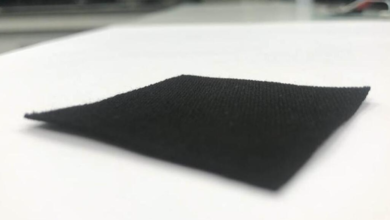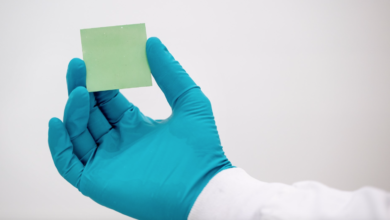Invented mini-robots capable of removing microplastics from water

A step forward in the challenge of removing microplastics from water
(sustainabilityenvironment.com) – One of the most urgent tasks to tackle ocean pollution is finding effective methods for removing microplastics from water. The problem is that appropriate technologies are not yet on the horizon. As we said in a recent article, attempts to eliminate marine plastic often do more harm than good.
But researchers from the Brno University of Technology and the Mender University in the Czech Republic had an idea. Develop biohybrid microrobots that could remove microplastics from water without causing further pollution. These robots, presented in an article published in Advanced Functional Materials, integrate biological materials – algae – with environmentally friendly materials that respond to external magnetic fields.
Instead of using metals to propel mini-robots, researchers explored the use of algae cells. The solution found combines algae and non-polluting magnetic nanoparticles. The latter reacts to an external magnetic field, which directs the movements of the plastic-eating biohybrid robot.
The opposite charge that differentiates the surface of robots from that of microplastics, facilitates electrostatic attraction. This is how the capture and targeted removal of micro and nano plastics by these small scavengers of the sea takes place.
Read also Microplastics in clouds affect climate change
The tests carried out by the researchers gave remarkable results. They demonstrate that these mini-robots can be controlled remotely precisely by removing the smallest plastic particles in the water containers in which they are introduced. The removal rate reaches 92% for nanoplastics and 70% for microplastics, the team says. An offshore test is still missing, which will be the next step in the experiment. Research is set to continue, because robots are built using accessible materials and scalable manufacturing processes, which makes them a cost-effective technology.





